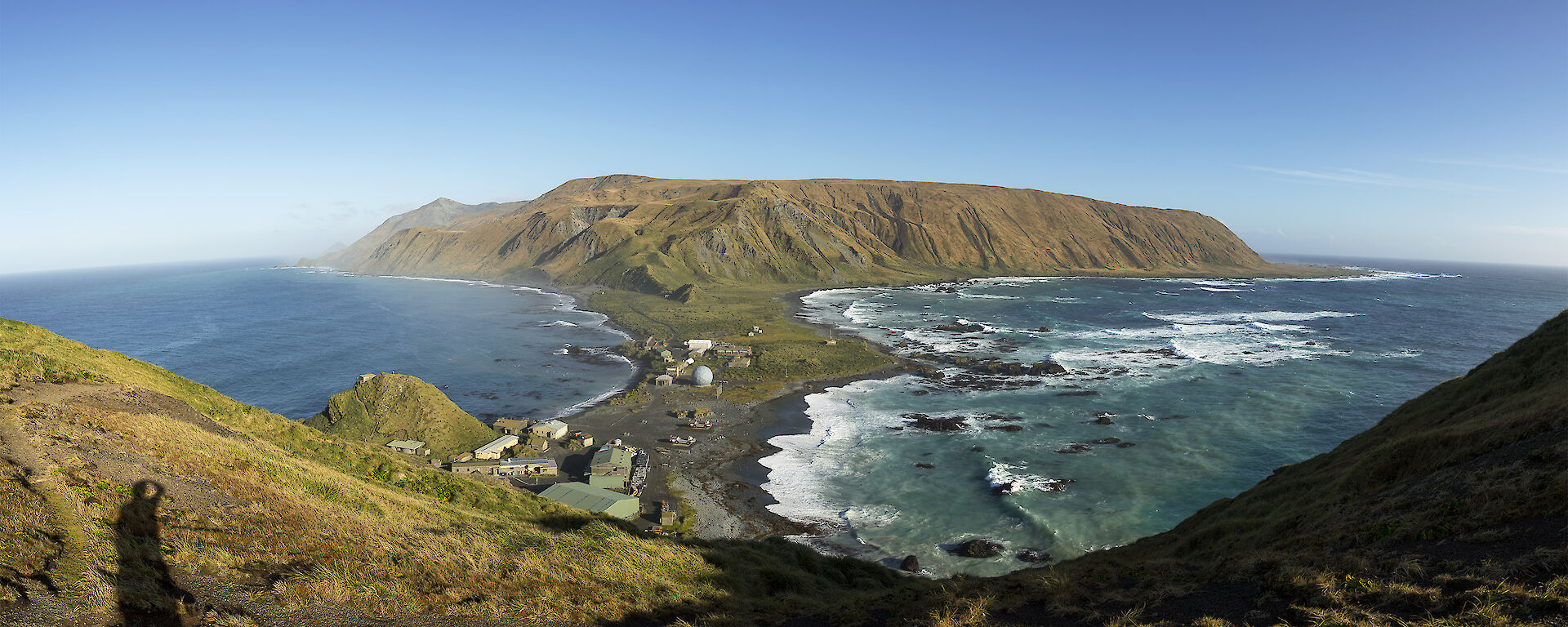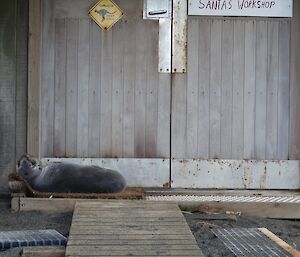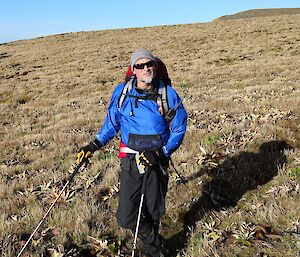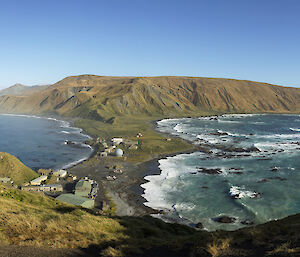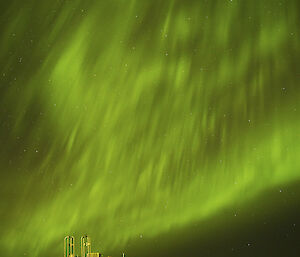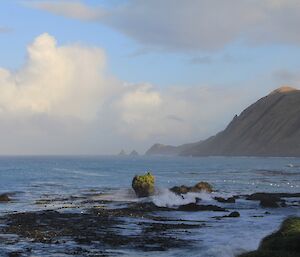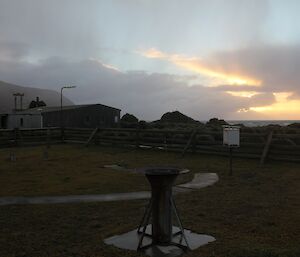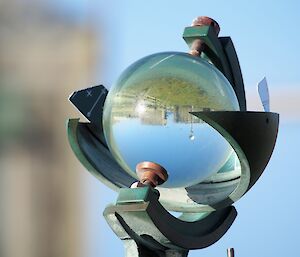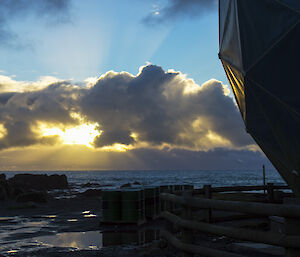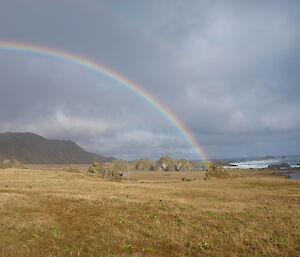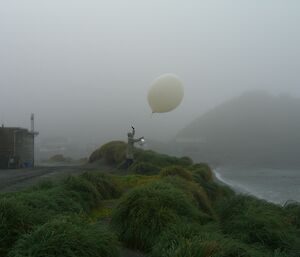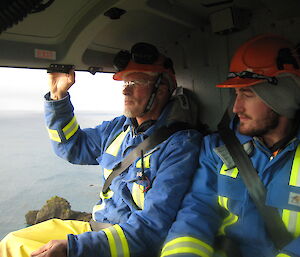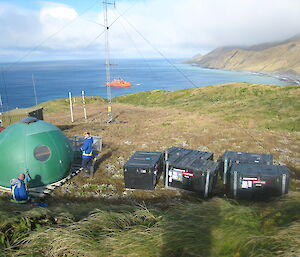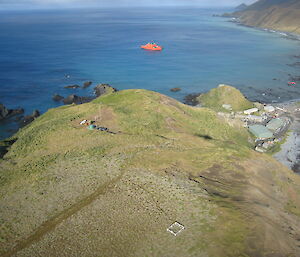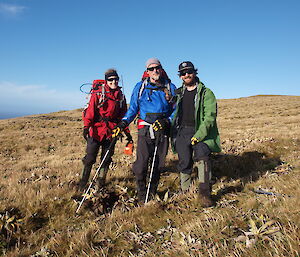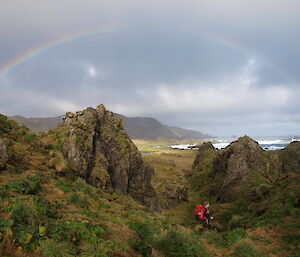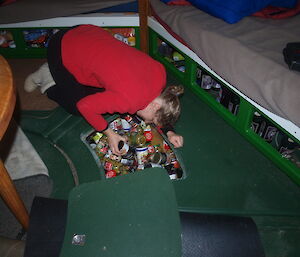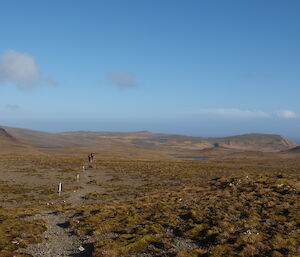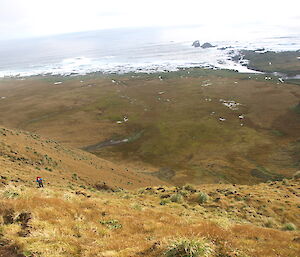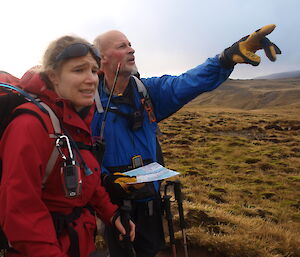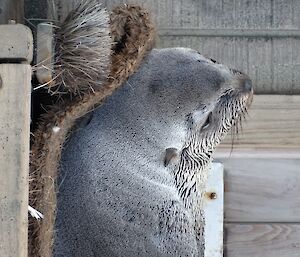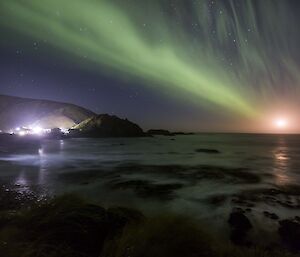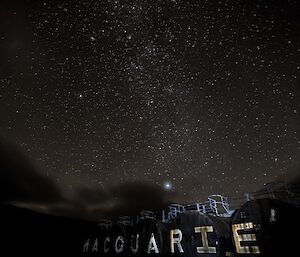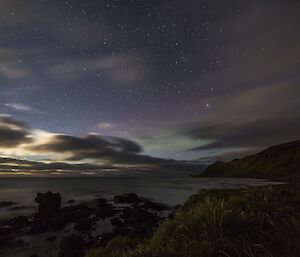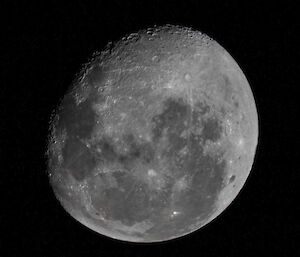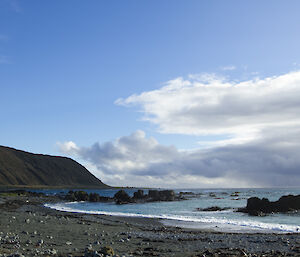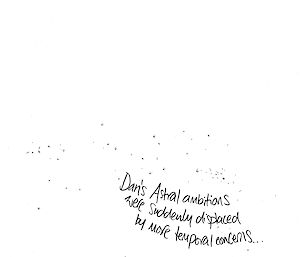Thursday started like any other day: an excited knock on the door and a “Dan, are you decent?” Despite the varying opinions on what constitutes decency I decided to take the chance and answered in the affirmative. Nick and a very excited Anna burst through the door and informed me of a day of such sunlight and beauty that it had been decided that a much earlier start to our field trip would be the best way to make the most of the stellar weather while it lasted. So pants and pack were donned and off we went to ‘carpe the diem'.
I should take a moment and explain that this wasn’t your run of the mill field trip, but a field familiarisation trip. This is a big step in the process of being deemed fit for travelling and overnighting in the field.
So the plan was to take a two night trip, staying first at Bauer Bay hut, then darting across to the west coast for a night at Brothers Point hut, before walking the coast back to station on Saturday. All the while our trusty park ranger and trip leader, Anna, would be showing us the do’s and don'ts of a field trip.
The path that ascends from station to the plateau is known as Doctors track, and winds through and up a very steep hill. We were rewarded for our efforts with a breathtaking view of the station, with the sun on our face and barely a breath of wind. The track soon flattened out and even started to descend as we followed the Island Lake track. We passed a number of smaller lakes, such as Emerald Lake (not nearly as green as you would expect). The track weaves an interesting path as it cuts across a spit right through the middle of Island Lake. The spit is constantly shifting and forming meaning it’s often a dice roll on where the best points to cross are, in order to minimise wet feet. Along the way Anna pointed out a number of research plots marked out for a variety of different projects, as well as some rare vegetation including a moss that has only a dozen known patches on the whole island.
We reached Bauer Bay in the afternoon light, and went through the motions of setting up the hut and wandering around the beach. Once things settled, Anna cooked up a fresh loaf of bread using a clever method of making the dough rise over a gas heater. We shared stories over a dinner of gnocchi and vegetables before retiring for the night.
We departed the hut early Friday, following the coast across the southern featherbeds. The spongy nature of the featherbeds guarantee wet shoes very quickly. The featherbeds took us through an area known as the Labyrinth, a collection of green soaked rock formations that look like they could have been ancient ruins of millennia past. Our group hiked in silence, blown away by the overwhelming beauty of the area. We emerged into the sun on the other side, rainbows leading the way to the jump-up to the plateau. A jump-up sounds like a fun, easy route. It was not. A shear slope that, despite being barely eighty meters, took us what felt like an age and a day to reach the top. After a much needed breather we hiked inland to Prion Lake: a perfect mirror, completely undisturbed, reflecting the surrounding hillside. We took a break to appreciate yet another serene moment then headed off to soon connect up to the overland track and descend down the western side of the plateau to Brothers Point, where we retired for the night.
Saturday’s plans were for a lighter walk in which we would follow the coast around back to station, avoiding the exhausting hike back up and down the plateau. We meandered up the beach giving the mammoth sized elephant seals a wide birth while appreciating a large king penguin colony containing a number of crèches of baby chicks. Despite our perfect track record with the weather so far, it seemed the ocean wasn’t as kind. Massive easterly swells were pushing up the coast completely cutting off the path around the heads and back to station. We radioed station to inform them of our predicament and that we would be back tracking a little to Sandy Bay where we would head inland and back onto the plateau. After so many experiences and ten-fold more steps we marched tiredly back to station. The way down Doctors track is substantially more pleasant than the hike up, and we were greeted at the bottom by Marion and Lionel who were out for an afternoon walk.
All in all, it was everything you could hope for in a trip. We learned lots, were challenged, saw some amazing wildlife and landscapes, and got to share it all with some amazing people. I couldn’t think of a better way to finish up the week.
Dan Laban

